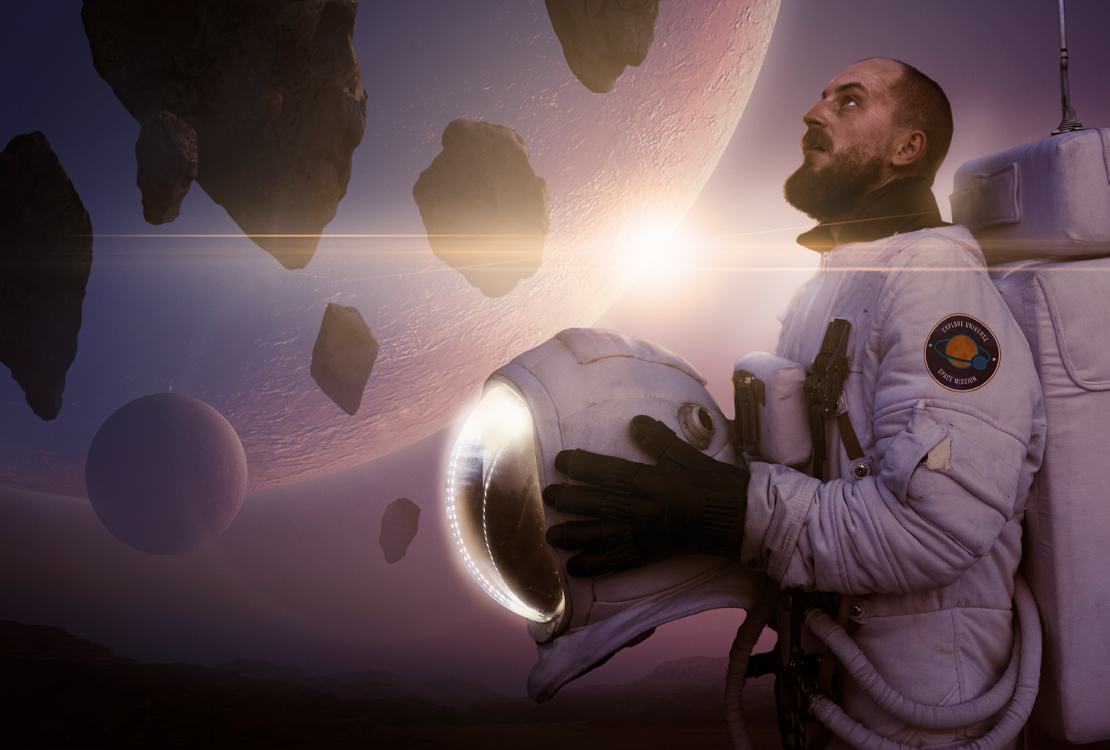The Next Frontier: Breakthrough Technologies in Space Exploration
Space exploration has captured human imagination for centuries. Today, we stand on the brink of a new era. This article explores breakthrough technologies that are shaping our journey into the cosmos.
The Importance of Space Exploration
Understanding the significance of space exploration is crucial. It affects our lives on Earth in many ways. From satellites that provide communication to weather forecasting, space technologies bring immense benefits. Exploring space helps us answer fundamental questions about the universe and our place in it.
What Drives Space Exploration?
Several factors drive the need for space exploration. Scientific discovery is a primary motivator. Additionally, the potential for commercial opportunities attracts private investors. Countries seek to enhance their prestige, which motivates government programs as well.

Technological Advancements in Space Exploration
Recent years have seen rapid advancements in space technologies. These innovations pave the way for deeper exploration. Below are some of the most notable breakthroughs.
1. Reusable Rockets
One of the most significant advancements is the development of reusable rockets. SpaceX has led the charge. Their Falcon 9 rocket can return to Earth and be reused. This innovation significantly reduces the cost of access to space. Consequently, it opens avenues for more frequent launches and research missions.
2. Advanced Propulsion Systems
Traditional rockets rely on chemical propulsion. However, new types of propulsion systems are emerging. Ion propulsion systems, for instance, provide efficient thrust while using less fuel. These systems are crucial for long-duration space missions, such as those to Mars.
3. Artificial Intelligence
Artificial Intelligence (AI) is transforming space exploration. AI can analyze vast amounts of data quickly. It aids in mission planning and assists astronauts in real time. Moreover, AI-powered robots can conduct repairs in space, which minimizes risks for human crews.
4. 3D Printing in Space
3D printing is another game changer. It allows astronauts to print tools and spare parts on demand. This capability reduces the need to send everything from Earth. Instead, astronauts can create what they need when they need it.
5. Space Telescopes
Space telescopes like the Hubble and James Webb allow us to observe distant galaxies. They gather data beyond our atmosphere, providing clearer images. These observations lead to discoveries about the origins of the universe.
The Role of Private Companies
The landscape of space exploration is changing. Private companies are increasingly taking part. Companies like SpaceX, Blue Origin, and Virgin Galactic push the boundaries of technology and innovation. They play a crucial role in reducing costs and increasing access to space.
Challenges Facing Space Exploration
Despite these exciting advancements, challenges remain. Space exploration is inherently risky. Funding is often a significant issue for both private and government programs. Additionally, space debris presents a growing threat to missions.
1. Cost Barriers
Space missions require substantial investment. Balancing budgets between governmental priorities and space programs is challenging. However, partnerships with private companies may alleviate some financial pressure.
2. Safety Concerns
Safety is paramount in space exploration. Each mission carries risks to human life. Strides in technology improve safety, yet unpredictability remains a concern.

3. Space Debris
Space debris poses a threat to satellites and spacecraft. As we launch more missions, the risk of collisions increases. Effective debris management is essential for safer space travel.
The Future of Space Exploration
The future of space exploration is bright. With ongoing advancements, we can expect remarkable progress. Furthermore, the potential for human settlement on other planets pushes scientists to innovate faster.
1. Mars Colonization
Many organizations plan missions to Mars. These efforts may pave the way for human colonization. Developing sustainable life support systems will be crucial in this endeavor.
2. Exploration of the Outer Planets
As technology evolves, the exploration of the outer planets becomes possible. Missions to Jupiter and Saturn may yield discoveries of moons that support life, such as Europa and Enceladus.
3. International Collaboration
International partnerships may drive future missions. Countries can combine resources and expertise. Collaborations on projects like the International Space Station (ISS) highlight the potential for shared success.
Conclusion
In summary, we are witnessing a thrilling era in space exploration. Breakthrough technologies drive us toward new frontiers. Each advancement brings us closer to understanding our universe. Together, we can embrace the opportunities that lie ahead.
With a blend of government, private investment, and international cooperation, our journey into space has only just begun. Let’s continue to innovate and explore, reaching beyond our earthly boundaries.











